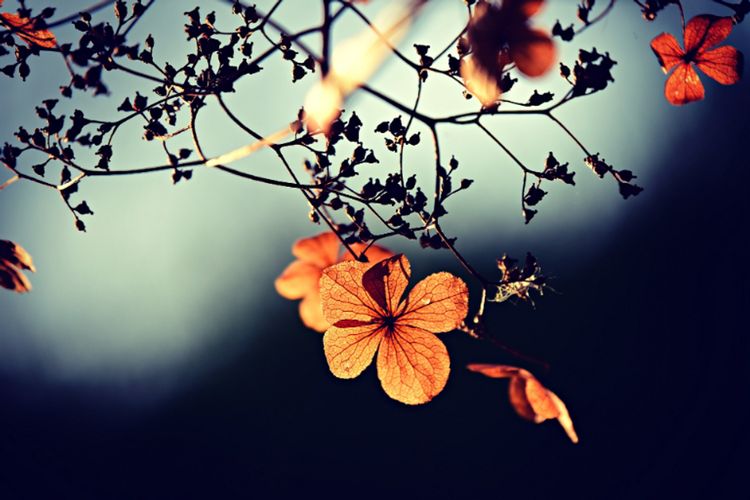It’s Vata Season!
Ayurveda is the world’s oldest and most complete holistic healing modality. Although Ayurveda appears in the Rig Veda, dating back over 3000 years, it is widely believed to be thousands of years older. Ayurveda in relative terms is ancient, yet it is not a relic of the past. Rooted deep in timeless wisdom, Ayurveda is ageless. It has been continually practiced for millennium, passed down from generation to generation, Ayurvedic medicine remains alive, enlightening and healing.
According to Ayurvedic theory, everything in this world possesses a form of energy. These energies are defined as three Doshas: Vata, Pitta, and Kapha. These doshas are a play and constantly changing, and we are susceptible to those changes. It is through our Five Senses (taste, smell, vision, hearing, touch) that we perceive, take in, interpret, and receive these doshas. The cause of an imbalance occurs when we take in too much of any one, or a combination of, these doshas. When this happens, our mind and/or body will start to exhibit signs of excess dosha.
Vata = Elements of Air + Ether
Vata dosha is the most invasive of the three doshas. Consisting of the elements air and ether, it possesses qualities of being cold, light, dry, mobile, sharp, clear, rough, and irregular. We can experience this right now as the seasons begin to shift. More and more of that vata energy is accumulating and will peak during Autumn and into mid-Winter. The air becomes drier, leaves start to change color and fall from their branches, the days become shorter, and temperatures start to drop.
We also experience this heightened vata energy in our own minds and body. We may find that our skin is drier, sleep may be more difficult, constipation may be more frequent, our hands and feet are colder, and we might feel more overwhelmed, anxious, and/or stressed (do I even mention that the holidays are upon us?).
What to do?
Try to incorporate some of the following into your lifestyle to help bring balance to heightened vata dosha:
1. Apply oil to the body – called “abhyanga”, the application of sesame oil to the body (head to toe) can be done on a daily basis. Make sure to gently warm the oil before applying it. The warmth helps balance the coldness of vata, and the heaviness of the oil balances the lightness.
2. Routines – wrangling in the volatility of vata dosha can be beneficial. Make sure to set a regular sleep schedule (time to go to bed and when to wake up). Also, eat are regular times … every day.
3. Foods – think warm and heavier. Eat seasonally. Right now, squashes, potatoes, beets, and carrots are a few examples of Fall harvests. Also, make sure to SPICE YOUR MEALS! Nothing should be bland. Herbs provide a great way to add warmth, and a lot of those common spices (like black pepper, cumin, cardamom, ginger, and fennel) give our digestive system a boost to help break down those heavier foods. More healthy oils, like ghee, can also be incorporated into your diet.
4. Nothing iced! – In Ayurveda, we try to stay away from cold foods any time of the year, but especially during Vata season. Stay away from iced drinks, ice cream, popsicles, frozen yogurts, etc. Vata dosha is already cold. There is no need to add more into your body. Plus, when you eat cold foods, your digestive system slows down creating a not-so-optimal environment for digestion.
Like the climate, our bodies also go through seasonal transitions. Small adjustments to your lifestyle can make a considerable difference in how you feel and help make you more resilient to those shifting energies. How are you preparing for Fall and Winter?





















